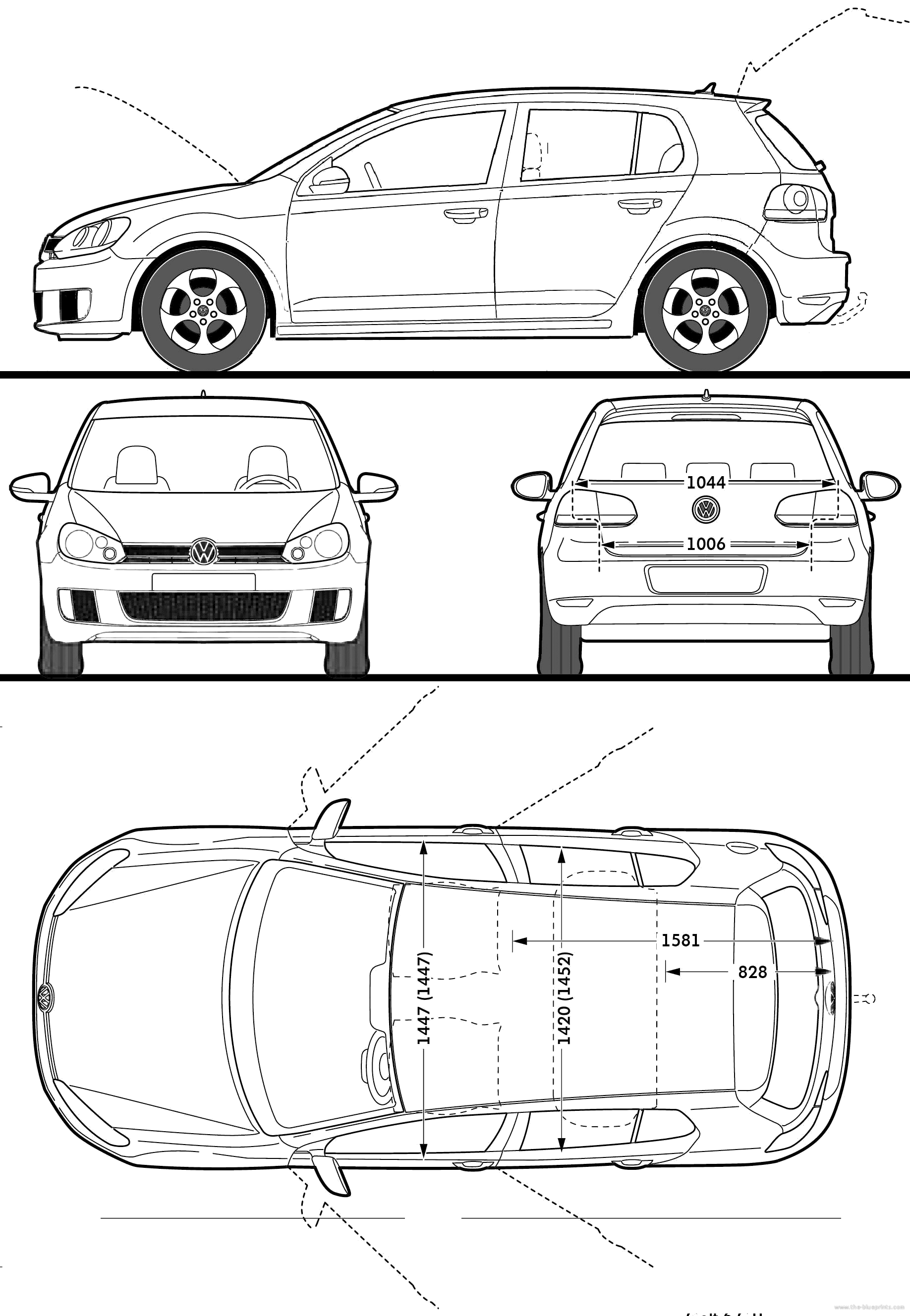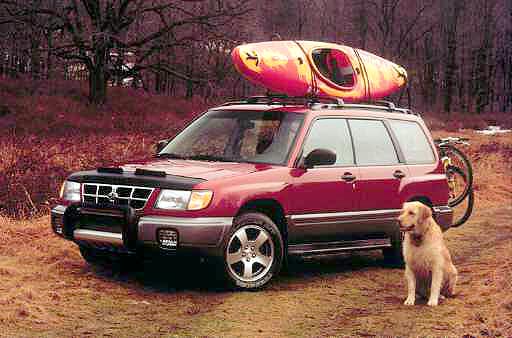Packing list for a self-contained tour.
(If you feel I've forgotten something that's important to you, tell me about it.)
Clothes, Day / “Warm Wet”
Head:
Bike helmet
Sunglasses
Top:
Short sleeve base layer, merino wool (1) (spring, fall) or merino wool tank-top base layer (1) (summer, winter)
Long sleeve shirt, merino wool (1)
Vest, merino wool (shoulder season and winter)
Arm warmers (optional)
Sweater - windproof fleece
Elbow pads (fall protection)
Bottom:
Bike shorts/tights/undershorts (merino wool or synthetic) (1)
Bike overshorts/loose (wool or synth) (1)
Hands:
Thin high viz gloves for daily riding and as base layer for hands.
Gloves - windproof, warm when wet. (1)
Feet:
Socks - wool (1 pr.) (fall, winter, spring) (Thin wool in summer. Two pr. if long trip.)
Bike shoes (walkable) (1)
Rain/wind/cold:
Hat - windproof fleece or wool (1)
Shells - mittens, wind- and water-proof (1)
Socks - waterproof
Socks - wool/synth liner for waterproof socks
Rain coat/wind coat - breathable, light, high-viz, synthetic
Rain pants - breathable, ultra light (Dri Ducks)
Tights, long, merino wool, no fly (1)
Windproof pants or knickers if very cold.
Bugs
Deet (100% concentration, in small container)
Bug net/head net
Clothes In Camp: Evening/Morning
Warm coat with synthetic insulation (warm when wet)
Crocs or sneakers.
Travel towel (micro size)
Clothes at Night / "Dry or Die"
Balaklava - merino wool or synth
Possum fur gloves
Possum fur socks
Underwear (shorts) - base layer, Merino wool
Long underwear bottoms, Merino wool
Long underwear top, Merino wool
Down jacket (stored inside waterproof bag with down sleeping bag)
Shelter
Sleeping bag (stored inside waterproof bag inside stuff sack)
Vapor Barrier
Tent/Bivvy sack
Ground cover
Sleeping pad, full body length.
Pillow
Rope, 50', strong, light (strong enough to support body weight).
Lightweight tarp to cover and hide bike.
Camp flashlight (helmet-mounted light)
Extra batteries for camp flashlight
Kitchen
Stove
Fuel
Lighter/flint and steel
Lightweight back-up stove (for long, remote trips)
Pot, for boiling water.
Cup, insulated with lid, for hot drinks
Spork
Plate/bowl, insulated with lid, for hot foods (or use a second insulated cup)
Knife or single-edged razor (one or the other)
Odor proof sacks
Food canister - bear and animal resistant (or Pacific Coast Trail - type bear bag)
Trash bag, odor proof
Personal Hygiene and Health
Hand sanitizer
Toothbrush
Toothpaste
Dental floss
Castile Soap (use as shampoo and dish soap)
Chapstick
Sunscreen
Extra toilet paper (keep in a zip-top bag)
Any other personal items.
Off-Hours
Pen (Waterproof) / Drawing pen
Sketch book
Entertainment: meditation, yoga, stretching, prayer, what you like.
Bathing suit and goggles
Emergency
Cell phone in water-proof bag (w/ charger for long trip)
Emergency beacon
Extra batteries for emergency beacon
Whistle - audible in high traffic
First aid kit (and Wilderness First Aid training)
Set of emergency chemical hand/foot warmers
Razor - single-edged (see knife, listed under “Kitchen”)
Extra lights white and red, steady/blinky
Medical information: name, age, pre-existing conditions, list of medications (prescription and otherwise, including herbal supplements). Write with permanent marker on waterproof paper (like tyvek) and tape it to the top tube of your bike or other prominent location. Include emergency contact name and phone number.
Health and Hygiene for the Machine
Before leaving, check:
- Headlight/Rearlight, dynamo.
- ALL bolts on bike retightened, reapply thread grease, Loktite(tm) or beeswax
- Pedals good, spin freely, clean, re-grease mounting threads
- Chain clean, greased with all-weather lube
- Check entire frame, fork, wheels, handlebars, etc. for cracks, fatigue and anything unusual.
- Check wheels for alignment
- Pannier hangers (tighten) and straps.
- Gear shifting: limits and indexing.
Tools:
- Multi tool w/ chain tool
- Tire irons (good ones that won't break)
- Crescent wrench, small
- Complete patch kit, full, w/ new glue, w/ valve patch.
- Pump
- Presta to Schrader adapter
Duct tape
Chain link (SRAM Powerlink(tm)-type, but compatible)
Zip ties (2)
Heavy chain oil/lube (.2 oz bottle) (longer trips)
Spare brake cable (for longer trips)
Spare gear cable (for longer trips)
Rags (to clean greasy hands)
Baby wipes (to clean greasy hands)
Wheel repairs:
- Extra tubes (2) for front and rear
- Extra tires (2) front and rear, light, foldable bead
- Spare spoke, cut to size (1 for the front, 2 for each side of the rear wheel) (especially for longer trips)
- Note: for touring wheels and tires, you can minimize trouble by using a heavy-duty, touring-quality wheel set with “puncture proof” tires like Schwalbe Marathon Plus rather than mount “fast” tires on a lightweight wheel set and have to carry numerous spares.
Batteries (Energizer ultra lithium) - One set of batteries for each electronic device for each period of battery life. For essential devices like lights, navigation or medical devices, take an extra set. Add it up like this: if your light runs for 10 hours on a set of batteries and you predict you'll hit 20 hours of darkness during your trip, take three sets: one to load the device at the start, a second to predictably refill the device at hour 11, and a third in case of reasonably possible night-time mishaps such as a flat tire, losing the route, or navigating rough or busy roads.
Gear on the Bike
Panniers: 2 under seat, 2 rear (and rack top bag if longer trip)
Pitlocks: locking front and rear wheel, fork/Ahead, seat
Bike Lock, folding (Abus) or other good security plan.
Mirrors: left and right
Speedometer/Odometer
Maps. List: ________________, ________________, ________________, ________________
Map case - clear, waterproof
Compass
Holder for route/cue sheets
Maps and cue sheets prepared as necessary (pre-folded, marked, trimmed, etc.)
GPS in waterproof case (w/ backup battery)
Mace for dogs/bears/people
Bungee cord (for securing bike on the train and securing stuff to the bike rack)
"Bungee netting" (long trips)
Other
Wallet in form of heavy-duty zip-top bag
Cash ($100/week)
Credit cards
Identification
Reading glasses
Train tickets
Bike permit for train
Camera w/ extra batteries and memory
Food/Water (on the road)
Water bottles (2 bottles of 1 liter capacity): 1 for nutritional drink, a 2nd for vinegar/water anti-dog mix.)
Water Reservoir (2 liters) in seatback bag or daypack.
Nutritional energy drink:
Ratios, in terms of "serving sizes": 2s Gary Null's Greens and Grains : 2+s Carbo Now : 1/2s Gatorade : 1s Hemp protein : 1s sea salt (in water base).
Scroggin/Gorp:
- Peanuts, salted roasted
- Walnuts
- Seeds: pumpkin, sunflower
- Ginger, candied
- Goji berries
- cocao beans, raw
- dates, prunes, raisins
- raw chocolate chunks, carob and greens chunks, vanilla and almond chunks
Lunch (1 per day)
Example:
- Scottish oat crackers
- Sardines
- Dried fruit
- Dessert - low sugar, high fat
Food (in camp)
Dinner (1 per day)
Example:
- Kamut flakes with dried vegetable soup mix, soup bullion, hemp protein, Gary Null's (“GN”) Green Stuff, sea salt and olive oil/coconut oil.
- Dried fruit
- Dessert with mostly high count of healthy fat calories.
- Steak and eggs or hamburger
- Freeze-dried food
Breakfast (1 per day)
Example:
- Chia seeds, pre-mixed for pudding. With GN red stuff, cinnamon, sea salt, goji berries, dried coconut.
- Gary Null’s muscle or Spiru-tein protein drink
- Coffee w/ powdered goats milk or hot chocolate and agave nectar
- Dried fruit
- Granola/Muesli with GN red stuff. Pre-mixed with powdered goat’s milk and/or GN muscle.
One extra day of food (1 per trip or 1 per week)
- lightweight and small sized, high calorie, nutritionally dense meals, e.g., protein drink mix, beef jerky, dry soup mix.
What I don't take that others might, and the reason.
Arm warmers. If merino wool, okay. Otherwise too itchy and not warm enough given their bulk and weight compared to a thin merino wool shirt. Synthetic arm warmers don’t keep me warm.
Leg warmers. Same as above.
Chamois Butter. I’ve never needed it on a recumbent, but I use good low-friction bike shorts/tights.
Book/E-reader. Heavy and I’d rather draw than read if there’s any daylight.
Bike gloves. They don’t help me on a bent. They’re not warming, or cooling. Not as useful as basic high-viz “cop gloves.”
Alcohol and mind-altering substances. Causes dehydration and recklessness. The dehydration can hurt you. The recklessness can kill you. Neither will help you get where you want to ride.
I-pod. Who needs music when you have the wind?
And I don't take a tiny amount of very light gear for the reason that I wish to be able to handle most typical incidents that may reasonably occur. Perhaps, someday, that will change.
Best,
Robert
------------
Robert Matson
copyright 2010 Robert Matson
















